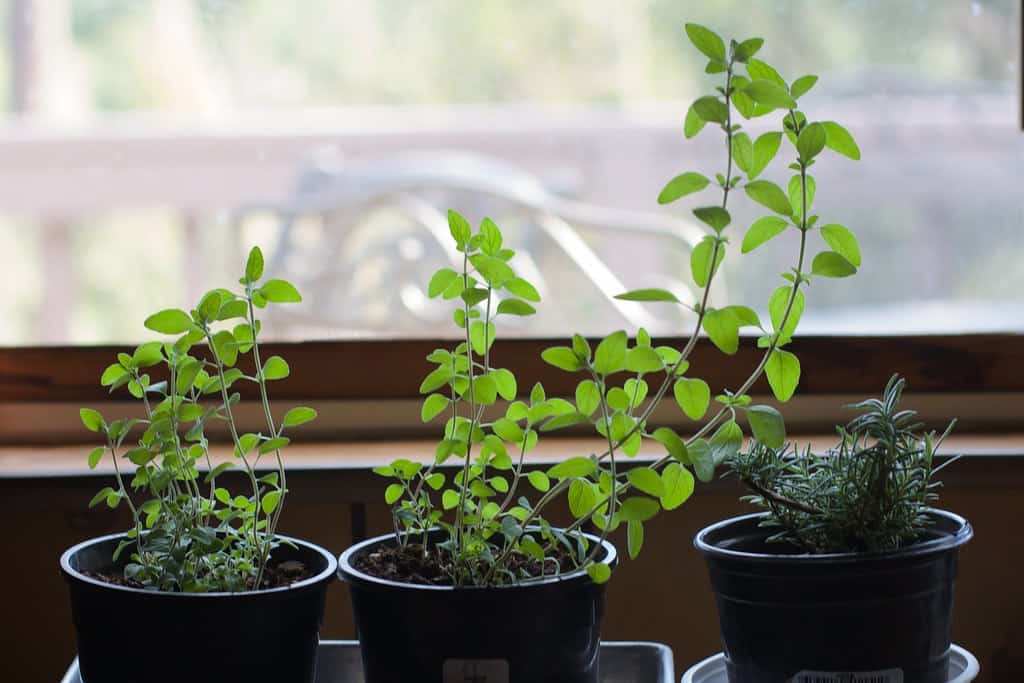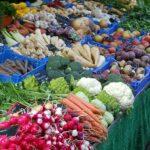A food forest is a type of agroforestry system where trees, shrubs, perennials, and annuals are planted in a way that mimics the structure of a natural forest ecosystem. This type of food production is highly productive, low-maintenance, and sustainable, making it an ideal choice for anyone looking how to grow their own food on a small plot of land. In this article, we’ll explore the steps you can take to grow a food forest on a quarter acre of land.
Step-By-Step Guide on How to Grow a Food Forest

Step 1: Conduct a Site Assessment The first step in growing a food forest is to assess the site you’ll be working with. Take into consideration factors such as soil quality, sun exposure, water availability, and any existing vegetation. This information will help you determine the best plants to grow in your food forest, as well as any modifications you may need to make to the site to improve growing conditions.
Step 2: Choose Your Plants Next, you’ll want to choose the plants you want to grow in your food forest. There are a variety of different plant types to choose from, including fruit trees, berry bushes, vegetables, herbs, and nitrogen-fixing plants. When selecting plants, consider factors such as the growing conditions of each species, their ultimate size, and how they will fit into the overall structure of your food forest.
Step 3: Design Your Food Forest Once you’ve chosen your plants, it’s time to design your food forest. When designing your food forest, consider the relationships between different plant species and how they will interact with each other. For example, you might plant nitrogen-fixing plants near fruit trees to improve soil fertility, or interplant herbs and vegetables between fruit trees to make the most of limited space.
Step 4: Prepare the Site Before planting your food forest, you’ll need to prepare the site. This might involve clearing any existing vegetation, adding compost and mulch to improve soil quality, and installing water catchment systems to ensure adequate moisture for your plants.
Step 5: Plant Your Food Forest Finally, it’s time to plant your food forest! Start by planting your tallest plants first, followed by shorter plants, and then ground covers and understory plants. Be sure to plant each species in the appropriate growing conditions, taking into account factors such as sun exposure, water requirements, and soil quality.
Step 6: Maintain Your Food Forest Once your food forest is established, you’ll need to maintain it to ensure its continued health and productivity. This might involve pruning trees and shrubs, removing invasive plants, and fertilizing the soil. You’ll also want to keep an eye on the overall structure of your food forest, making changes as needed to ensure that each species has enough space to thrive.
Growing a food forest on a quarter acre of land is a great way to produce a bounty of fresh, organic food in a sustainable, low-maintenance manner. With careful planning, design, and maintenance, you can create a thriving food forest that will provide you with years of fresh, delicious food.
Keywords: food forest, agroforestry, fruit trees, berry bushes, vegetables, herbs, nitrogen-fixing plants, soil quality, sun exposure, water availability, existing vegetation, plant species, growing conditions, overall structure, tall plants, shorter plants, ground covers, understory plants, pruning, invasive plants, fertilizing soil, overall structure, fresh, organic food, sustainable, low-maintenance, how to grow food, how to grow herbs, how to grow a food forest, how to grow berries, how to grow vegetables, how to grow vertical, how to grow a garden, how to grow
Check out our Novel Writing Workbooks
Check out Little Tree Food Forest for articles on food forests and homesteading.
Check out FoodieScapes for articles on growing, fermenting and preserving food
Check out StoryScapes.World for articles on writing.
Subscribe to our newsletter to get information delivered to your inbox on edible landscaping, growing food and medicinal plants, growing mushrooms, foraging, fermentation, food preservation, raising small livestock, and more.










